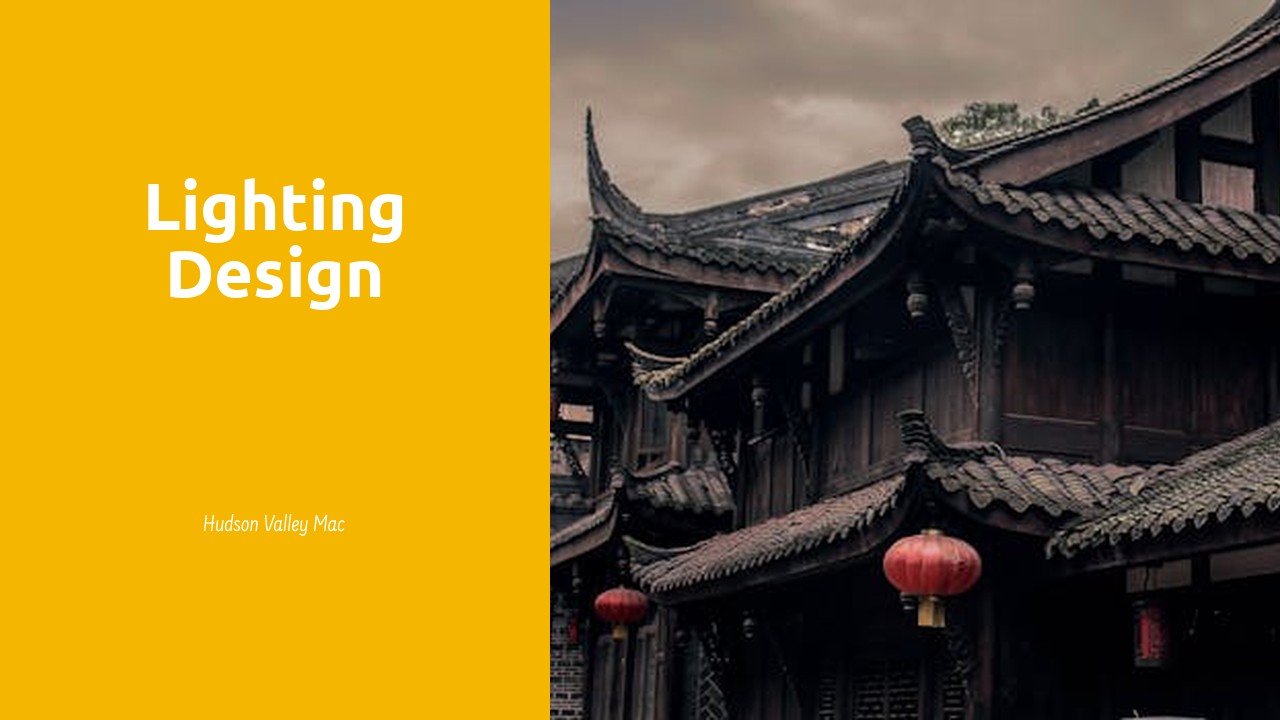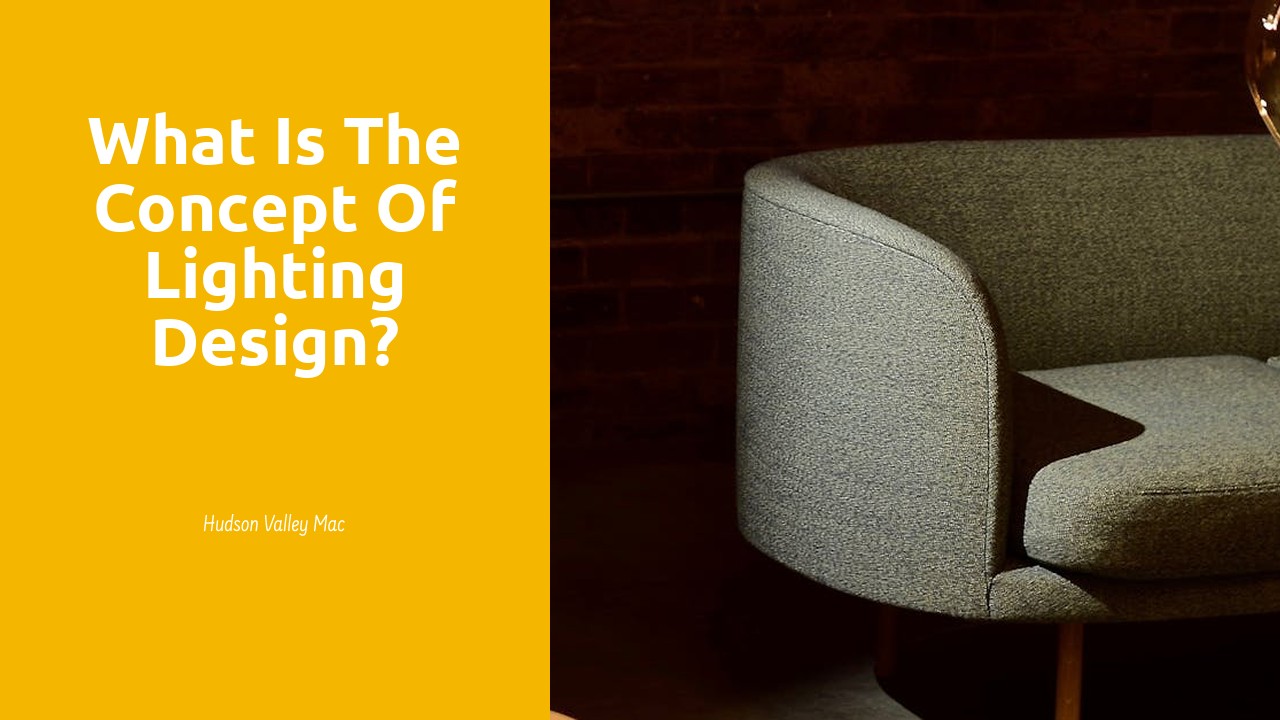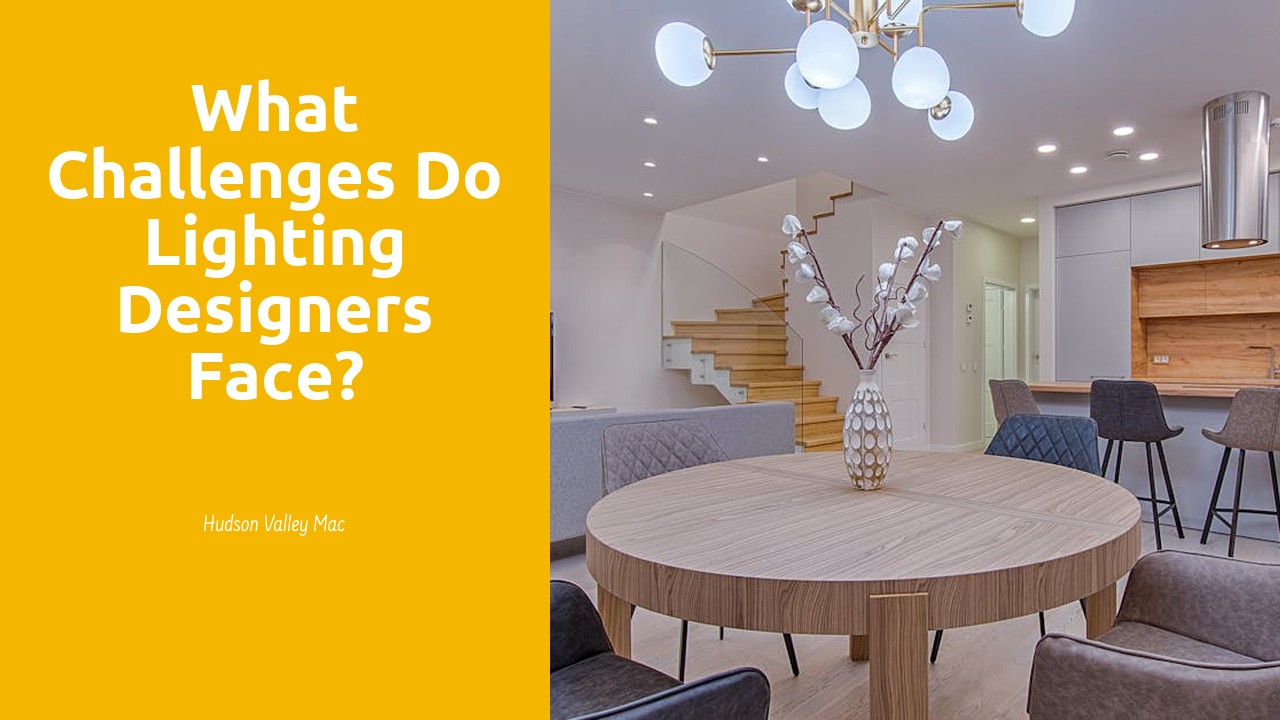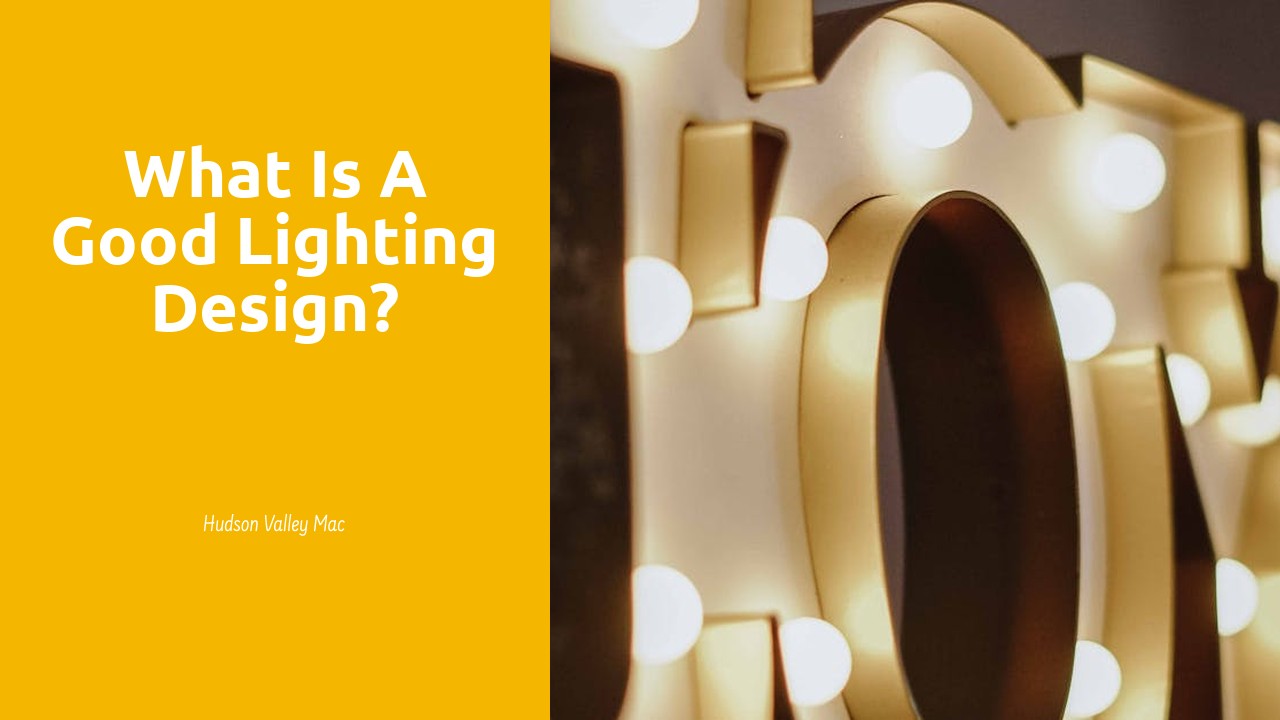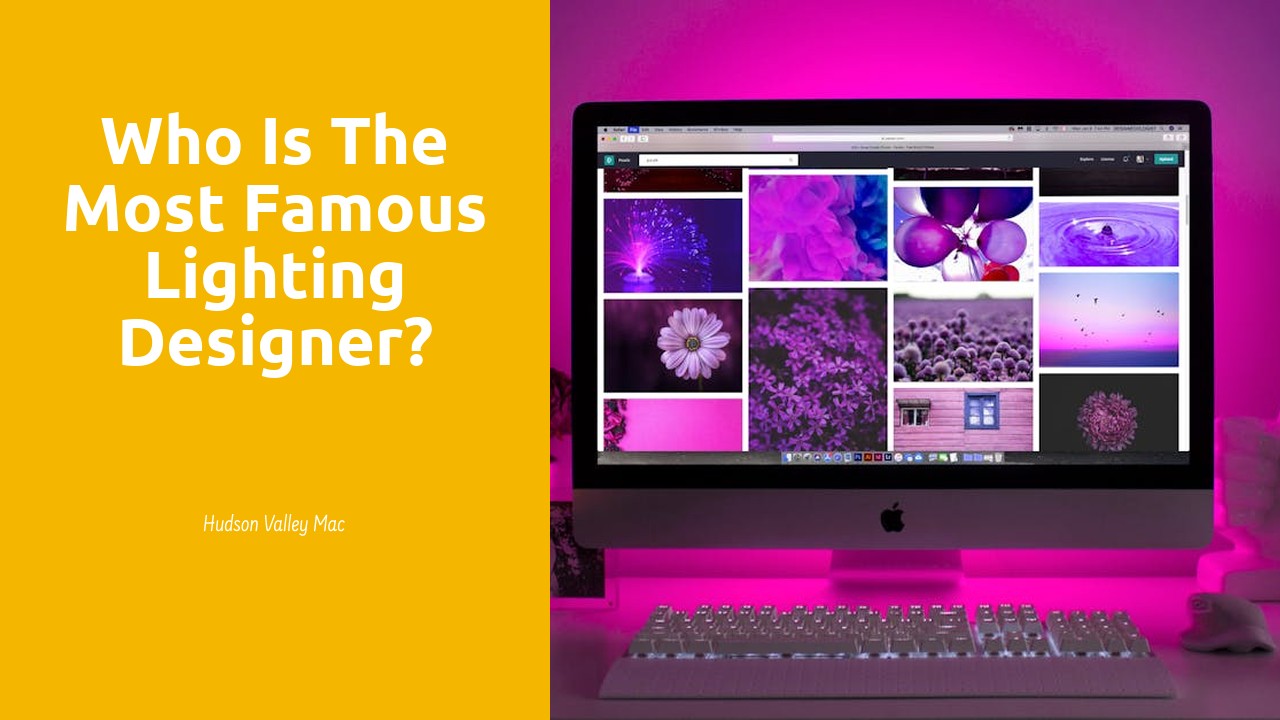
Table Of Contents
The Role of Lighting in Enhancing Architectural Spaces
Lighting plays a crucial role in enhancing architectural spaces, transforming them from mere structures into dynamic environments that evoke specific moods and convey diverse meanings. When carefully planned and executed, lighting design can highlight architectural features, create depth and dimension, and evoke different emotions within the space. In Canada, particularly in places like Toronto and Montreal, where architectural marvels coexist with natural landscapes, the importance of lighting design in Maple cannot be overstated.
Architectural lighting designers in Canada showcase their talent by seamlessly integrating light fixtures into the design of buildings, bridges, and public spaces. By strategically placing lights to illuminate facades, pathways, and green spaces, these designers add layers of visual interest and bring spaces to life after the sun sets. Whether it's the futuristic skyline of Vancouver or the historic charm of Quebec City, lighting design in Maple demonstrates the power of light in accentuating the beauty and functionality of architectural spaces.
Ingo Maurer Transforming Environments with Light
Ingo Maurer, known for his innovative approach to lighting design, has made a significant impact in transforming environments with light. Through his creative use of light and unconventional materials, Maurer has redefined the boundaries of what lighting design can achieve. His work goes beyond mere functionality, as he places emphasis on the emotional and experiential aspects of lighting within architectural spaces. Lighting Design in St. Thomas has been greatly influenced by Maurer's visionary designs, as he continues to push the boundaries of conventional lighting practices.
Maurer's unique ability to blend artistry with functionality has set him apart in the world of lighting design. His creations not only illuminate spaces but also evoke a sense of wonder and intrigue. By incorporating elements of nature, technology, and culture into his designs, Maurer crafts light installations that engage the senses and spark creativity. Lighting Design in St Thomas has witnessed a new era of creativity and ingenuity, thanks to Maurer's trailblazing work that intertwines aesthetics with functionality in a harmonious manner.
Contemporary Lighting Design Trends Shaping the Industry
Contemporary lighting design trends are constantly evolving to meet the demands of modern architectural spaces and interior environments. With a focus on sustainability and energy efficiency, designers are increasingly incorporating LED technology and smart lighting systems into their projects. Lighting Design in Haldimand County showcases this shift towards environmentally conscious design, where designers are not only creating visually stunning lighting schemes but also minimizing their ecological footprint through innovative solutions that reduce energy consumption and promote longevity.
Furthermore, an emphasis on incorporating lighting as an integral part of the overall design concept is becoming increasingly prevalent in the industry. Lighting designers are collaborating closely with architects and interior designers to seamlessly integrate lighting into the built environment, enhancing spatial experiences and creating dynamic atmospheres. By blurring the lines between architecture and lighting, contemporary design trends are pushing the boundaries of creativity and functionality, offering endless possibilities for transforming spaces into captivating visual narratives.
Jennifer Tipton Pushing Boundaries with Light and Colour
Known for her innovative approach to lighting design, Jennifer Tipton has established herself as a visionary in the realm of theatrical lighting. Through her strategic use of light and colour, Tipton pushes the boundaries of traditional lighting techniques, creating dynamic and immersive visual experiences for audiences worldwide. Her work transcends the conventional norms of lighting design, resulting in captivating displays that enhance the emotional impact of performances.
Tipton's influence extends far beyond the stage, as she has made significant contributions to the field of architectural lighting design. Her keen eye for detail and creativity have been instrumental in transforming various spaces, including the notable project of Lighting Design in Sarnia. By seamlessly integrating light and colour into architectural environments, Tipton succeeds in creating a harmonious synergy that elevates the overall aesthetic and mood of the space.
The Intersection of Technology and Art in Lighting Design
Lighting design has significantly evolved with the intersection of technology and art. Approaching the craft with a fusion of innovation and creativity has led to groundbreaking achievements in the industry. One notable example of this marriage is the concept of Lighting Design in Aurora, a groundbreaking technique that marries cutting-edge technology with artistic vision to create immersive and captivating lighting experiences.
The integration of technology in lighting design has allowed designers to explore new realms of creative expression. By incorporating elements such as dynamic LED lighting, responsive sensors, and programmable features, designers can craft environments that respond to human interaction and environmental cues. Lighting Design in Aurora exemplifies this ethos by seamlessly blending technological advancements with artistic sensibilities to transform spaces into visual spectacles that engage and inspire.
Brian MacDevitt Engineering Visual Experiences with Light
Brian MacDevitt is a prominent name in the world of lighting design, admired for his exceptional ability to create captivating visual experiences through the use of light. His work extends across various sectors, from theatre productions to architectural projects, proving his versatility and deep understanding of how light can transform a space. MacDevitt's unique approach to lighting design focuses on not just illuminating a setting, but on evoking emotions and enhancing the overall atmosphere. His innovative techniques have left a lasting impact on the industry, showcasing the power of lighting as a design element.
One notable project that highlights Brian MacDevitt's expertise is his contribution to the lighting design in Caledon. Through his skillful manipulation of light and shadow, MacDevitt was able to elevate the architectural features of the space, creating a dynamic environment that is both functional and visually striking. His meticulous attention to detail and creative vision have earned him recognition as a trailblazer in the field, setting a high standard for contemporary lighting design trends.
FAQS
Who is considered the most famous lighting designer in the world?
Ingo Maurer is widely regarded as one of the most famous lighting designers globally, known for his innovative and transformative approach to lighting design.
What sets Ingo Maurer apart from other lighting designers?
Ingo Maurer is distinguished by his ability to creatively transform environments with light, pushing boundaries and redefining the possibilities of lighting design.
Can you provide an example of a contemporary lighting designer making an impact in the industry?
Jennifer Tipton is a prominent contemporary lighting designer known for her unique use of light and colour to create visually captivating experiences, showcasing the latest trends in lighting design.
How do lighting designers incorporate technology and art into their designs?
Lighting designers like Brian MacDevitt seamlessly blend technology and art to engineer visually stunning experiences through the use of advanced lighting systems and creative design concepts.
What is the significance of the intersection of technology and art in lighting design?
The integration of technology and art in lighting design allows designers to push boundaries, create immersive environments, and enhance the overall aesthetic appeal of architectural spaces, providing a dynamic and engaging visual experience for viewers.
